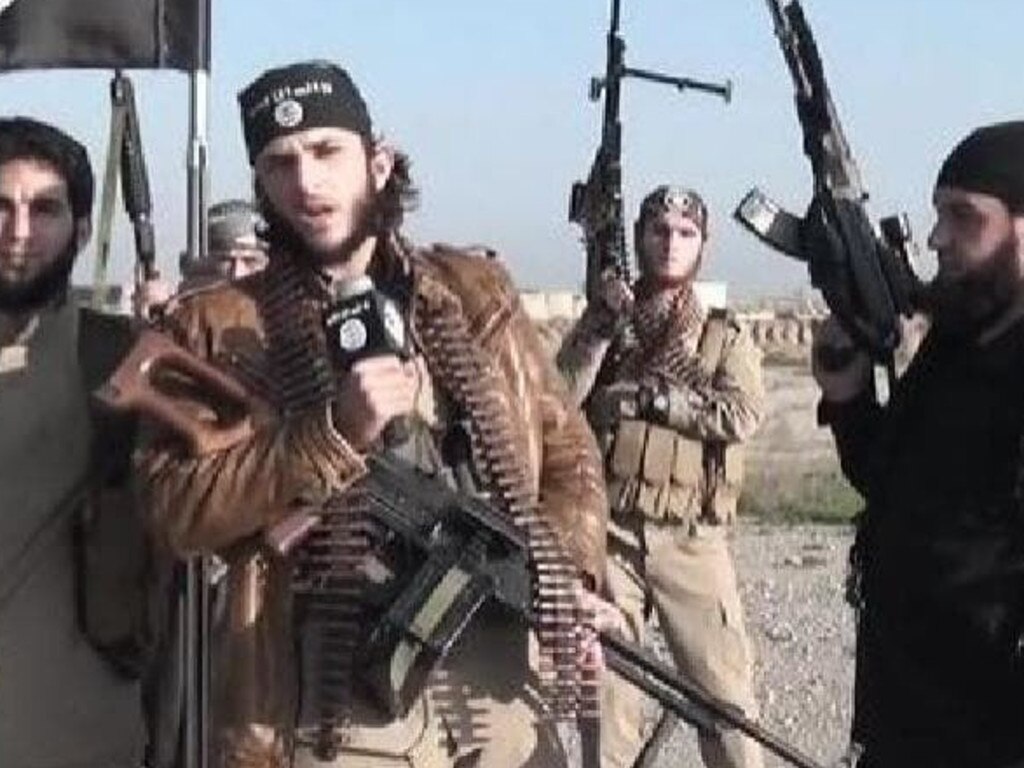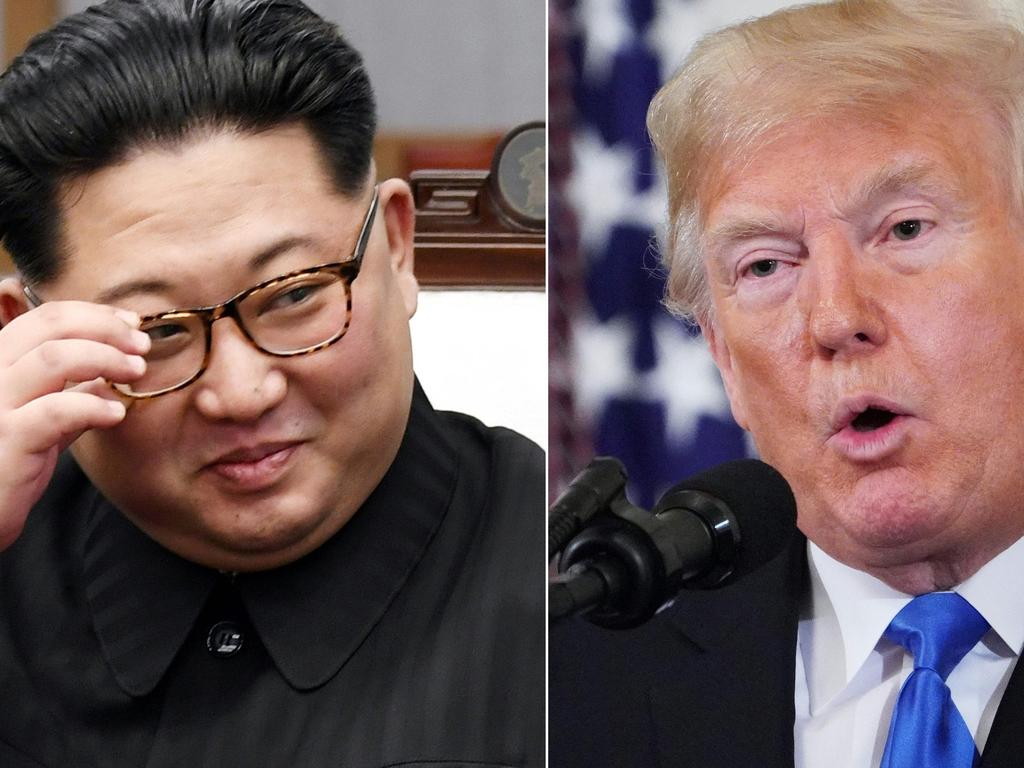Doomsday warning signs we’re all ignoring
Everywhere you look this week, there are signs the world is inching closer to disaster. The risk is we’re not really paying attention.
You’ve heard of the Doomsday Clock, right?
It’s the symbolic clock invented by a group called The Bulletin of Atomic Scientists (don’t they sound like fun at a party), to show how close the world is coming to a global man-made catastrophe, such as a nuclear war.
It’s currently at 11:58pm, two minutes to midnight.
The scientists have been freaking the world out since 1947, gradually moving the minute hand closer to midnight and warning that if earth doesn’t sort itself out, we’re headed for Armageddon.
I used to think of the Doomsday Clock as more of a doomsday crock.
For years, we’ve constantly been told that it is ticking toward trouble, but that trouble never really materialised.
But in 2019, as I look around the world, I’m just a little worried that those atomic scientists might actually be onto something. And the risk is that we’re not really paying attention.

On our doomsday journey around the planet, let’s start with ISIS. Do you want the good news first, or the bad news?
The good news is that we haven’t heard all that much from ISIS recently. But the bad news is that we haven’t heard all that much from ISIS recently. What are they up to now?
Although President Trump might have claimed that ISIS has been defeated in Syria, the so-called defeat might really just mean they’ve scattered.
In late February, we learned that a thousand ISIS fighters fled Syria in the past six months. But that’s not all. The fighters fled with $200 million in cash. What’s a holiday without spending money right? Disappearing across the borders is one thing but where these fighters end up is quite another.

The group is dispersed, but not defeated, and its nuclear ambitions are long held. At any rate, nuclear or otherwise, intelligence agencies fear the actions of cells of fleeing ISIS fighters causing more terrorist atrocities in Europe and in their countries of origin.
But the threat of terrorism is only one potential catastrophe that we need to consider.
Last week, an Indian fighter jet was shot down in Pakistan’s airspace. The pilot was captured and held in custody by Pakistan forces.

It was the latest in a serious of events which included India launching air strikes in Pakistan territory after a militant killed 44 Indian troops on an attack on the Indian side of Kashmir. The disputed Kashmir region has been a hotspot for decades, which through good luck or good management hasn’t quite boiled over yet. The two countries have fought four wars since their independence from British rule in 1947. But this is the first time since 1971 that Indian warplanes crossed the disputed region and struck inside Pakistan.
What makes this flashpoint more concerning is the amount of nuclear weapons stockpiled by both countries.
This week, Arif Rafiq, a fellow at the Middle East Institute wrote that recent events “mark the first step along a path of escalation, that in a worst-case scenario could result in the use of nuclear weapons.”

One area where we thought nuclear tension may have ramped down rather than ramped up was North Korea. The talks between the leaders had been heralded as a significant de-escalation of the nuclear threat. But we learned this week that surveillance photographs show that in the fortnight leading up to the most recent summit in Hanoi, that North Korea was actually restoring a missile launch site that it had claimed it would dismantle.
Adam Mount, who is a senior fellow at the Federation of American Scientists, told the Wall Street Journal this week that “we have to recognise that they [North Korea] have nuclear weapons and actively work to manage that.” Did all the talk and all the meetings not really amount to much?

Around the world there are conflicts, domestic and territorial that are also cause for concern. Venezuela’s refusal to allow aid convoys into its troubled nation is one. Yemen is experiencing a humanitarian crisis. Thousands continue to die in Afghanistan. There’s Ukraine. Iran. South Sudan.
Of course, not all the world’s conflict zones and potential hotspots involve nuclear powers, but the allies of these countries, or the warring groups within them, all certainly are. Which sides they choose is something we ought to watch carefully.
And yet another reason the pay attention to the tick of that clock.
— Chris Urquhart is a freelance journalist. Continue the conversation @chrisurquhart



